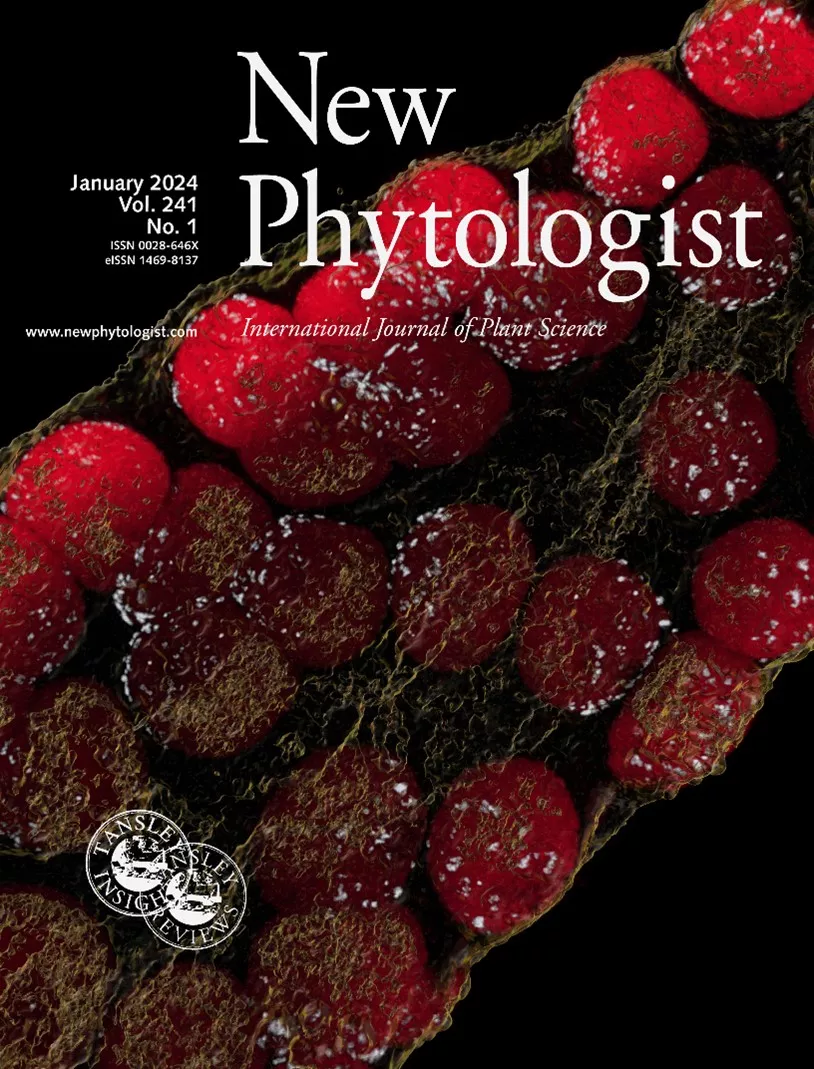The prestigious scientific journal New Phytologist selected a microscopic photograph illustrating the results of researchers from the Agricultural Institute of the HUN-REN Centre for Agricultural Research, as the cover photo for its January 2024 issue. Researchers from the institute based in Martonvásár investigated the effects of the so-called Reduced height or Rht genes, which are found in most modern wheat varieties and are responsible for reduced stem growth, on the heat tolerance of bread wheat. The changes observed at the level of the components of the examined cell nuclei serve as a basis for the reduction in fertility and crop yield, providing guidance for cereal breeders in creating new cereal varieties that are better adapted to climate change and promoting the establishment of targeted breeding programs.

The researchers from Martonvásár were the first to demonstrate that wheat carrying the gene variants Rht-B1b and Rht-D1b, which cause reduced height – characteristics found in the majority of modern wheat varieties today – respond to high-temperature stress during the early stages of spike development with significant fertility loss. The project, led by scientific senior researcher Adél Sepsi, shed light on the fact that the abnormalities in meiotic cell division responsible for the formation of gametes are the cause of the decrease in fertility.

On the left: On the cover we can observe freshly prepared gametes from wheat spikes. Upper right panel: Wild-type (tall) bread wheat and near-isogenic lines carrying the Rht-B1b and Rht-D1b alleles in Maris Huntsman wheat variety. Lower right panel: Wild-type (tall) bread wheat and near-isogenic lines carrying the Rht-B1b and Rht-D1b alleles, showing the number of grains per main stem as a function of height under optimal (21°C) and high-temperature stress (30°C) conditions.
To uncover the causes of these abnormalities, researchers from HUN-REN CAR Agricultural Institute used multiple immunolabeling within the three-dimensional nucleus of wheat cells to track changes in key structural proteins during meiosis – the cell division process that produces gametes. They were the first to demonstrate that heat-induced stress reduces the frequency of meiotic recombination, which determines genetic diversity and fertility. According to their findings, this effect is particularly pronounced in wheat carrying the Rht genes. Using high-resolution microscopy, the researchers revealed that even brief exposure to high temperatures (30°C) affects chromosome pairing by damaging the structure of the protein complex – known as the synaptonemal complex – that tightly connects the homologous chromosomes during genetic crossing-over.
These structural changes, the reduced frequency of genetic crossovers, and the resulting cell division abnormalities have shed light on the fact that wheat varieties carrying the Rht-B1b and Rht-D1b gene variants, which cause reduced stem growth, are more susceptible to damage to their meiotic cell division due to heat compared to tall varieties. The changes observed at the level of the components of the examined cell nuclei, resulting in reduced fertility and crop yield, provide guidance for breeders in creating new varieties better adapted to climate change and promote the establishment of targeted breeding programs.